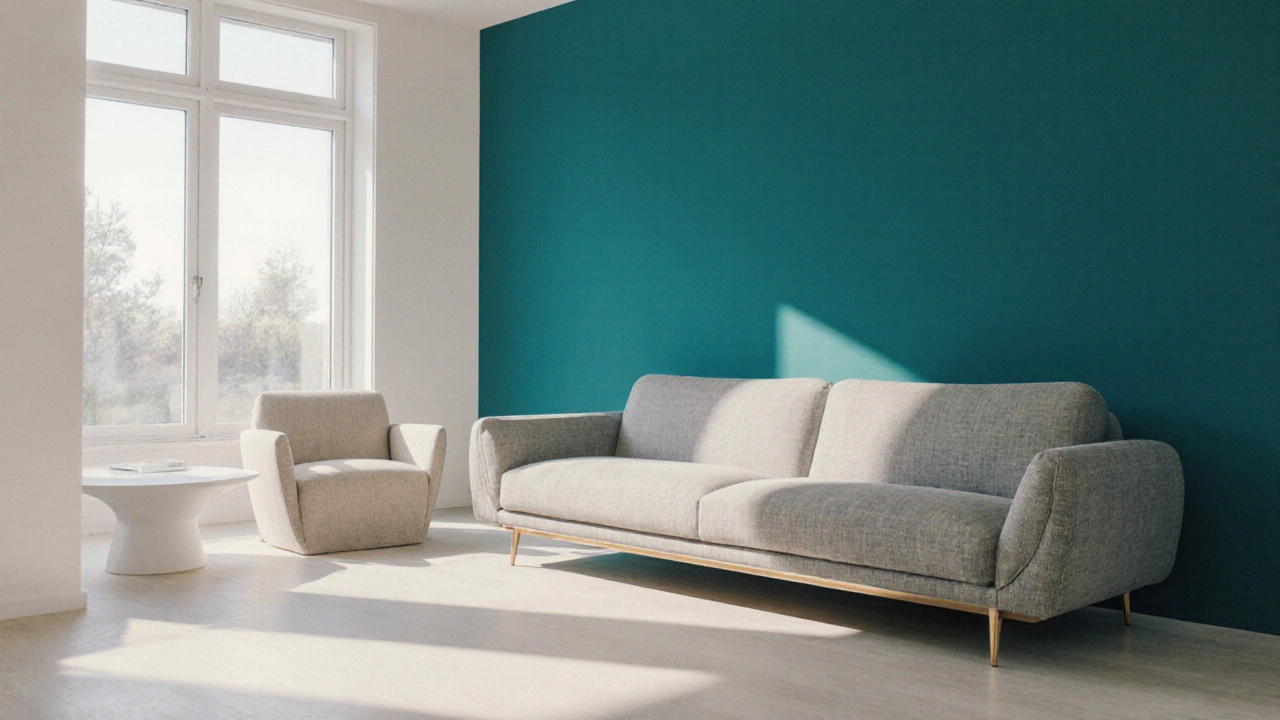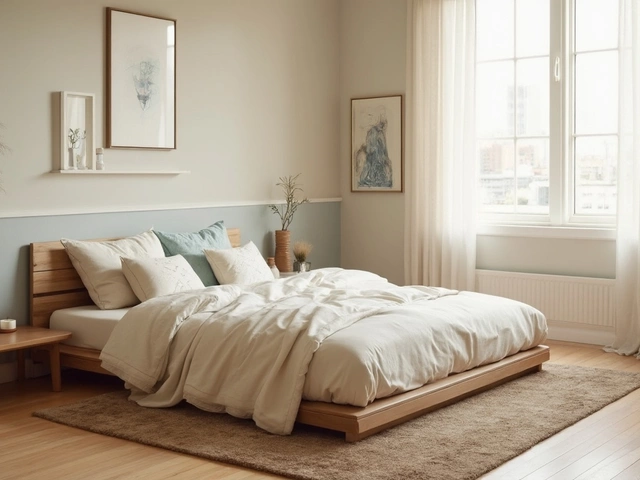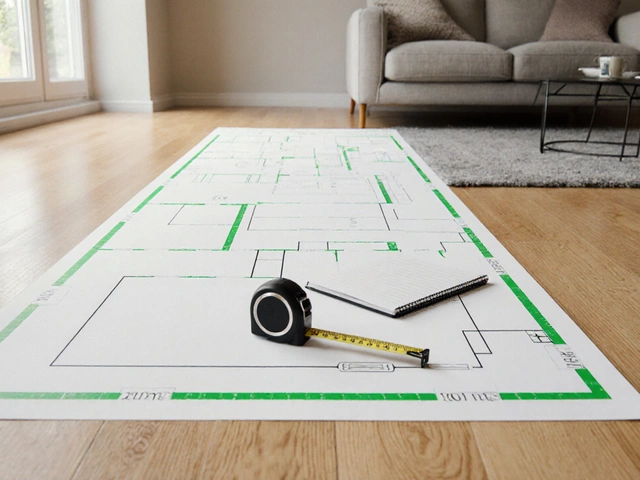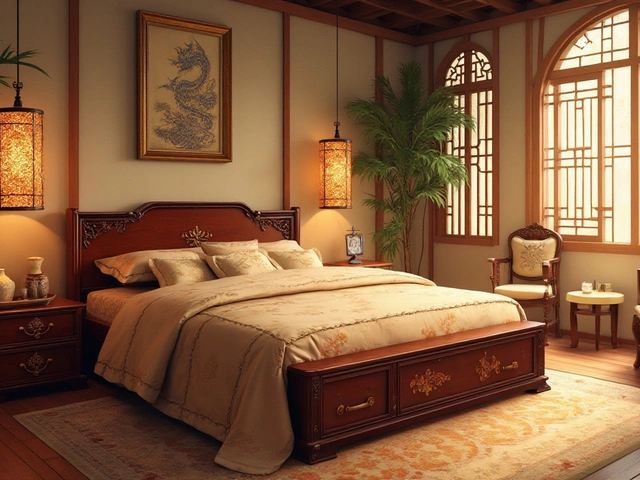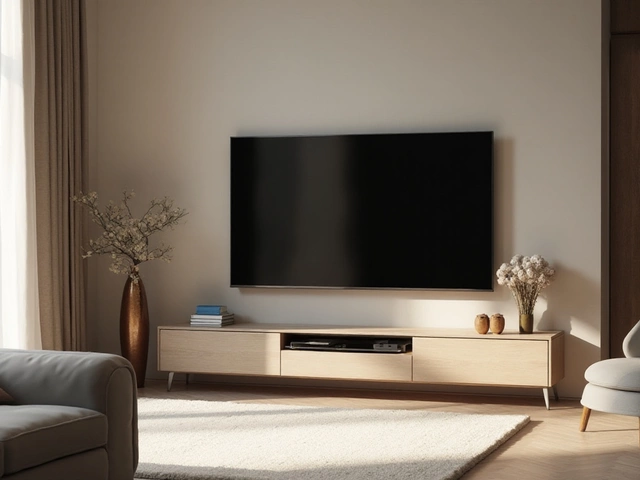Neutral Color Match Calculator
Choose Your Room Characteristics
Your Recommended Neutral
Why this color works for your space:
Maintenance Tip
Ever walked into a showroom and wondered which shade of sofa or table will never clash with your existing walls, rugs, and accessories? The answer is simpler than you think: stick to the right neutral tones. These colors act like a visual canvas, letting you swap out décor pieces without a second‑guess. Below we break down why certain hues work everywhere, which five shades you should keep on hand, and how to pick the perfect one for your Auckland home or any space you love.
Why neutral colors work in every room
Neutral tones sit at the center of the color wheel, meaning they have minimal hue intensity and blend well with both warm and cool palettes. In design theory, they provide balance and flexibility. For example, a light gray sofa will look chic next to a teal accent wall, but it also feels soothing beside a sunny yellow rug. Because neutrals lack strong emotional triggers, they let you control the mood through accessories rather than the base furniture.
Another advantage is longevity. Trends swing from bold jewel tones to pastel washes, yet a well‑chosen neutral never feels dated. This is why rental properties and resale homes often feature white or beige pieces-they appeal to the widest audience. In a city like Auckland where indoor‑outdoor living is common, neutrals also reflect natural light, making compact apartments feel larger.
Top 5 universal furniture colors
Below is a quick reference of the five shades that consistently pair well with a variety of décor styles. Each entry shows the typical mood it creates, the décor palettes it complements, and a maintenance note.
| Color | Mood & Atmosphere | Best‑matching Décor Palettes | Ideal Rooms | Maintenance Tips |
|---|---|---|---|---|
| White - pure, airy, and timeless | Clean, spacious, modern | Scandinavian, coastal, minimalist | Living rooms, kitchens | Use stain‑resistant fabrics; wipe spills immediately |
| Beige - warm, inviting, earthy | Cozy, grounded | Traditional, boho, rustic | Bedrooms, family rooms | Choose washable covers; avoid direct sunlight to prevent yellowing |
| Gray - neutral, sophisticated, versatile | Calm, contemporary | Industrial, modern, monochrome | Home offices, media rooms | Pet‑friendly fabrics work well; hide dust with regular vacuuming |
| Black - bold, elegant, grounding | Luxurious, dramatic | Mid‑century, glam, industrial | Dining areas, accent pieces | Use leather or high‑gloss finishes to resist scratches |
| Navy - deep, refined, timeless | Rich, comforting | Coastal, contemporary, classic | Study nooks, bedrooms | Pair with light accents; spot‑clean spills promptly |
How to choose the right shade for your space
Start by evaluating the light in the room. Sun‑lit spaces can handle darker tones like navy or charcoal gray without feeling cramped. Dimmer rooms benefit from lighter whites or beiges that bounce light around. Next, consider the existing colour palette. If your walls are a cool blue, a crisp white or soft gray will complement them. Warm brick or terracotta walls pair beautifully with beige or warm gray.
Another practical factor is the furniture’s intended use. A high‑traffic sofa in a family room should lean toward stain‑resistant fabrics-gray or dark beige are forgiving. A statement armchair in a formal sitting area can afford a pristine white finish, especially if you plan to keep it dust‑free.
Finally, test samples. Many Auckland retailers offer swatches that you can place against your wall for 24 hours. This small step saves you from a costly mismatch later.
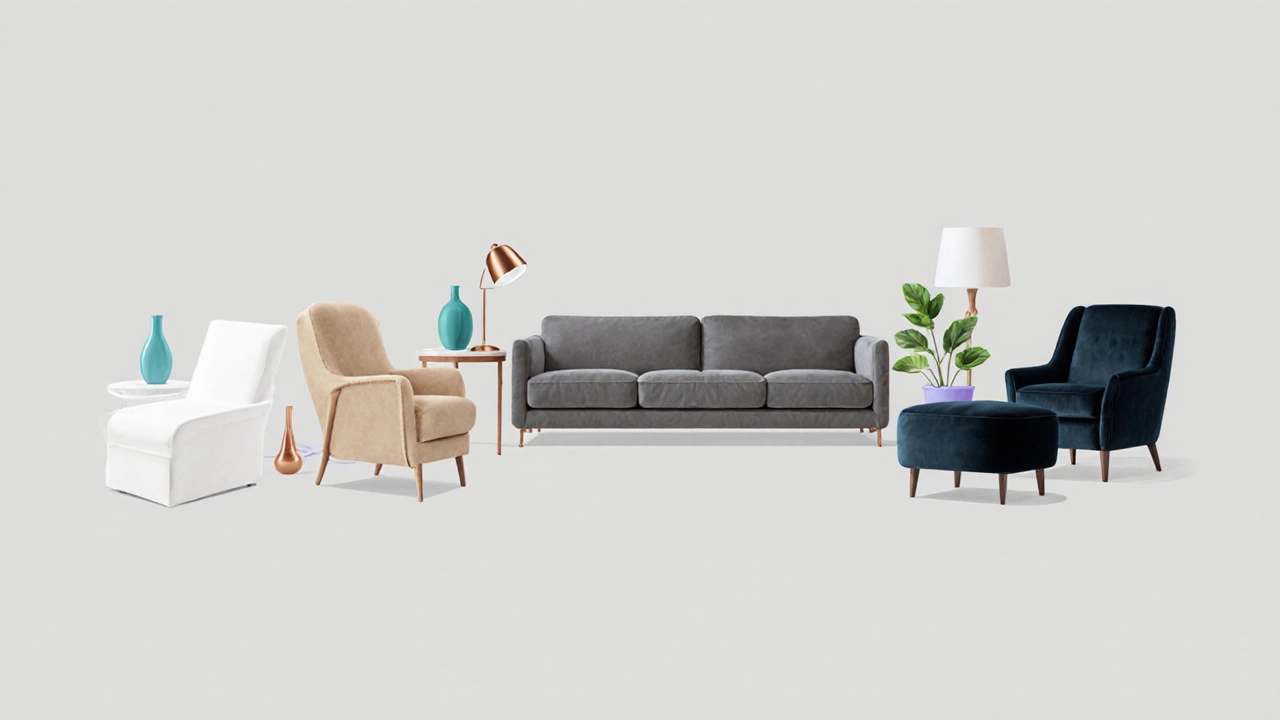
Mixing neutrals with accent pieces
Neutral furniture acts like a neutral base, giving you freedom to play with bold accents. A white coffee table looks fresh beside a teal vase, while a charcoal gray sofa can become the backdrop for a vibrant patterned rug. When adding color, follow the 60‑30‑10 rule: let neutrals occupy about 60 % of the space, secondary hues 30 %, and bright accents 10 %.
Think about texture, too. A beige upholstered chair paired with a navy velvet throw adds depth without overwhelming the eye. Metallic accessories-copper lamps, brushed steel side tables-bring a contemporary edge to any neutral suite.
If you love plants, a mix of neutral furniture and lush green foliage creates a serene, biophilic environment. The green acts as a natural accent that works with every base shade.
Maintenance tips for timeless furniture
Keeping neutral pieces looking fresh is easier than you think. For fabric upholstery, a gentle vacuum weekly and a spot‑clean with a pH‑balanced cleaner will prevent grime buildup. Leather sofas benefit from a monthly conditioner to ward off drying and cracking.
When it comes to wood finishes-like a light oak coffee table-use a microfiber cloth and avoid harsh chemicals. A natural oil polish every six months revives the grain and protects against spills.
Finally, rotate cushions and throws every few weeks. This not only evens out wear but also gives you a chance to refresh the colour story without buying new furniture.
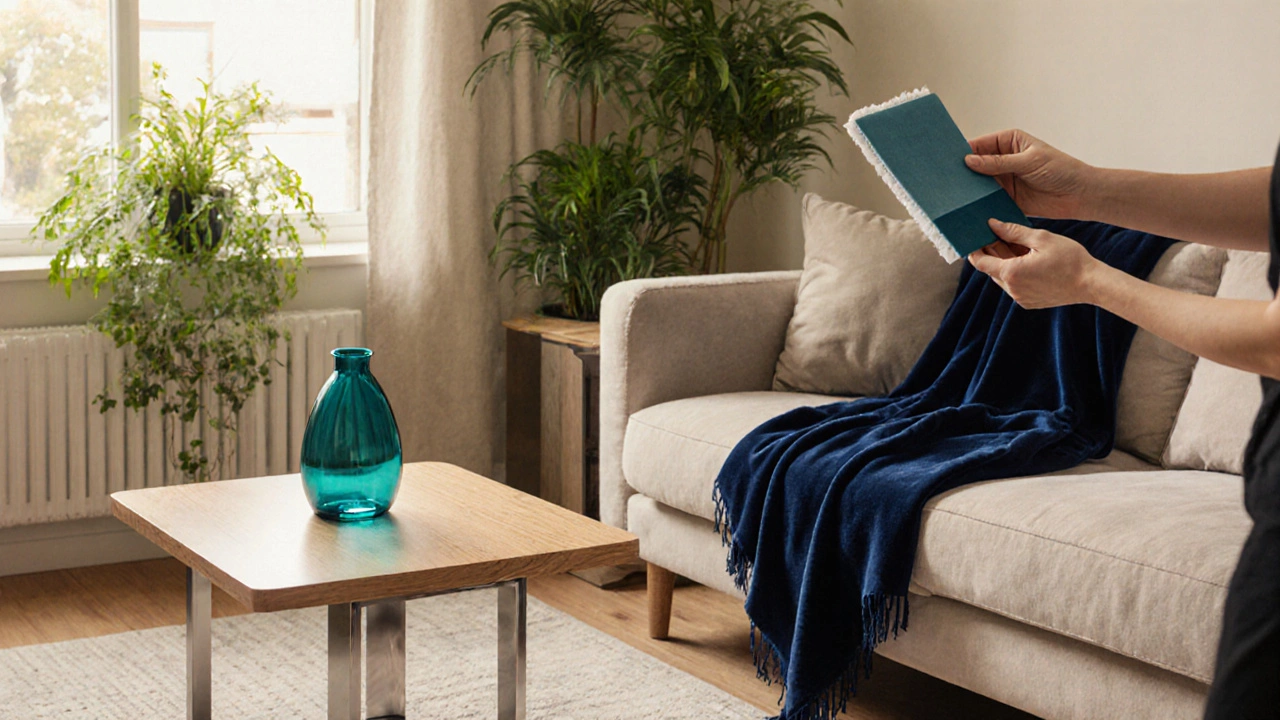
Shopping smart: furniture sale tips
Now that you know which hues are universally flattering, it’s easier to spot a deal. Look for sales on items that match the five colours above; they’ll likely be stocked in large quantities, meaning deeper discounts. In Auckland’s furniture sale cycles, major clearance events happen in January (post‑Christmas) and July (mid‑year). Sign up for newsletters from stores that specialize in neutral collections-often they release exclusive coupon codes for subscribers.
Don’t forget to measure your space before the sale. A couch that looks perfect in the showroom might be too large for a modest apartment. Having exact dimensions lets you act quickly when a great deal appears.
Lastly, consider second‑hand options. Many local online marketplaces feature lightly used neutral sofas and tables at a fraction of the retail price. Because the colour never goes out of style, a gently used piece can feel brand‑new in your home for far less.
Frequently Asked Questions
Which neutral colour hides stains best?
Mid‑tone grays and beiges do a good job at disguising everyday spills, especially when paired with a textured fabric.
Can white furniture look warm in a sunny Auckland home?
Absolutely. White reflects natural light, creating a breezy feel that works perfectly with coastal or Scandinavian décor common in Auckland.
Is navy a neutral colour?
Designers often treat deep navy as a "soft black" - it’s a strong, versatile hue that pairs with both warm and cool tones, making it functionally neutral.
How often should I deep‑clean a gray sofa?
A gentle vacuum weekly is enough for dust. Schedule a professional steam clean or a DIY upholstery shampoo every six months.
What’s the best way to test a colour before buying?
Ask the retailer for a fabric or finish swatch. Place it against your wall for a full day to see how the light changes its look.
